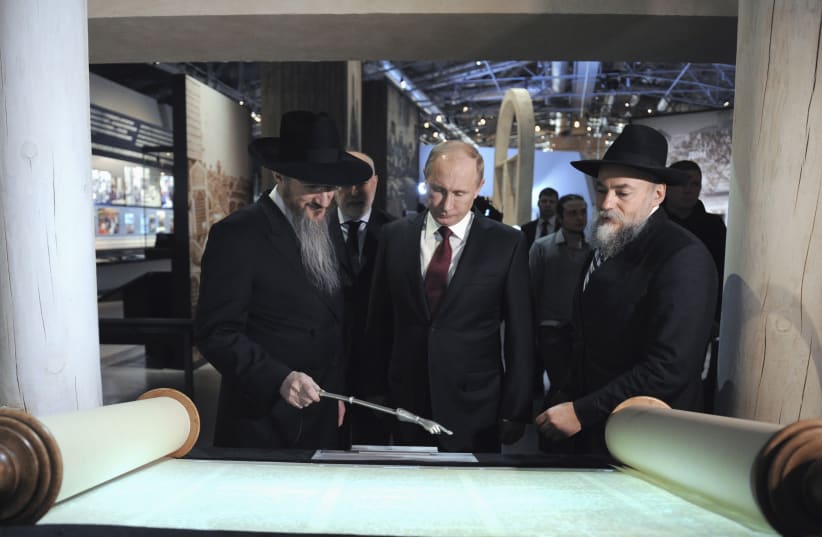Alexander Klyachin, the owner of Russia’s largest international chain of hotels, began his nonsalaried stint this month at the helm of what is widely considered to be Russian Jewry’s most visible institution, the country’s chief rabbi, Berel Lazar, told the Jewish Telegraphic Agency last week.
Lazar, the senior emissary of the Chabad-Lubavitch movement in Russia, said he expected the award-winning museum to benefit significantly from the “business, administrative experience and vision” of the 53-year-old Klyachin, who owns the Azimut hotel chain and is said to be worth $1.6 billion. The museum has 17 board members.
Beyond the practical aspect, Lazar said, “the story here is the pride that exists today to be a part of something Jewish. It wasn’t always so. Some prominent Russian Jews used to be afraid, maybe ashamed, to come out and say ‘I am Jewish.'”
This was the case “when times were hard,” when it came to anti-Semitism under communism, “but also after things improved, for business reasons,” Lazar said.
“People like Klyachin, for whom Jewish identify is important, would give and help maybe more discretely,” the rabbi added. But Klyachin’s decision to take the reins of the $20 million museum, which was built in 2012, “is another demonstration that a leaf has been turned.”
